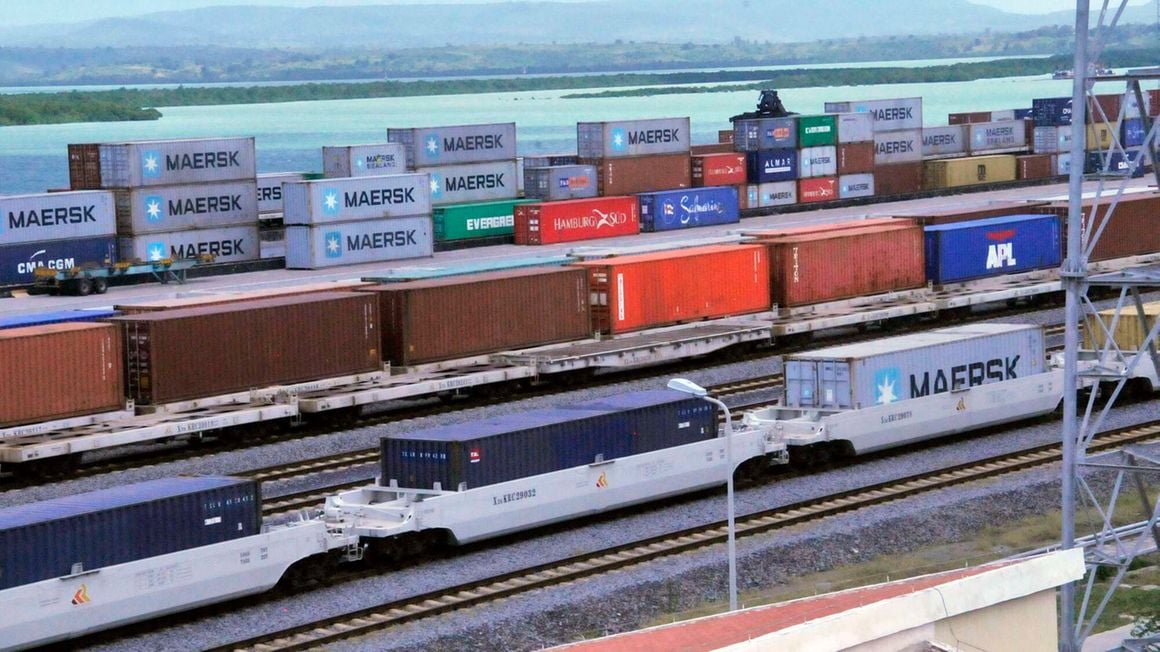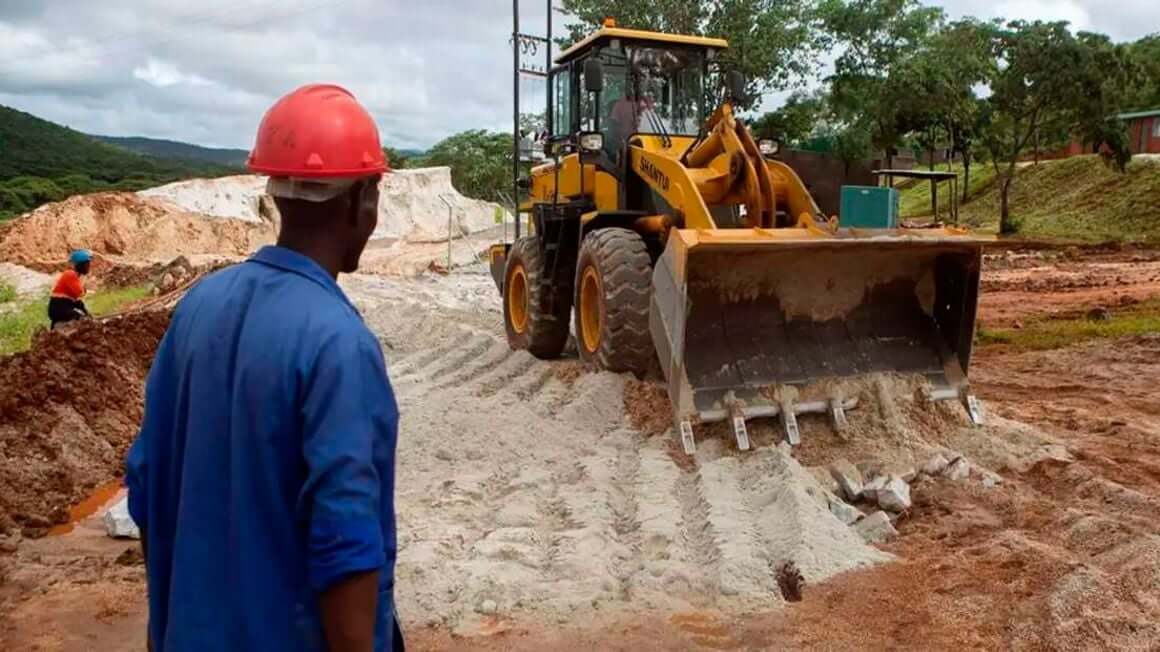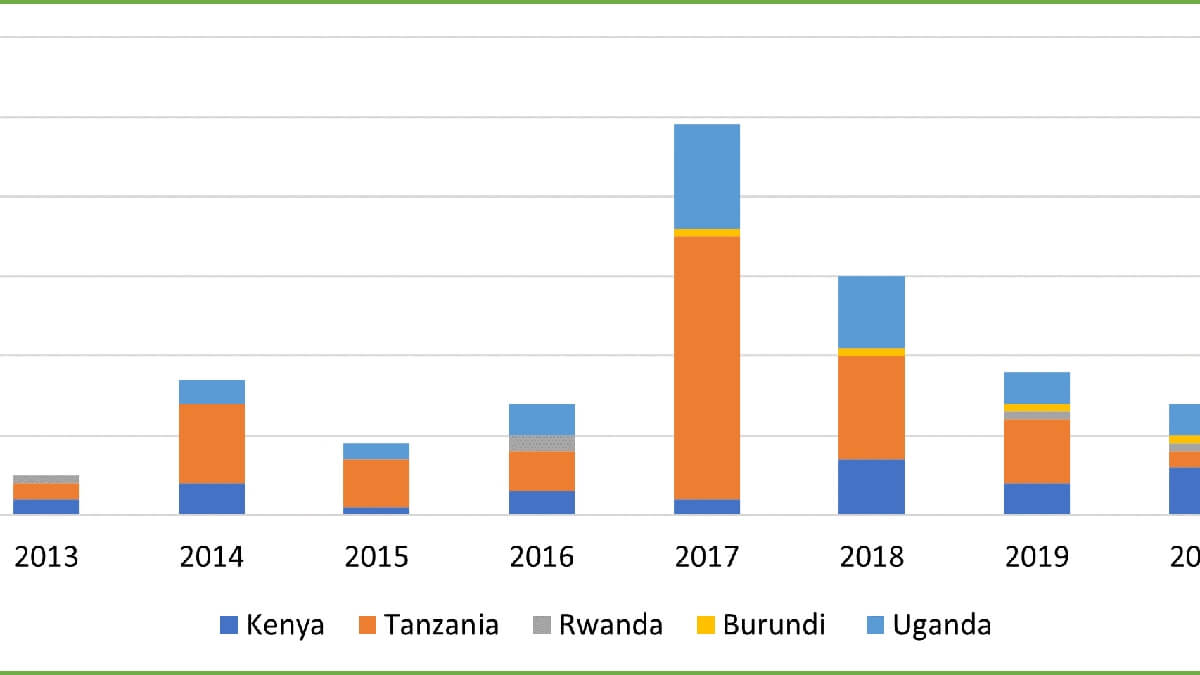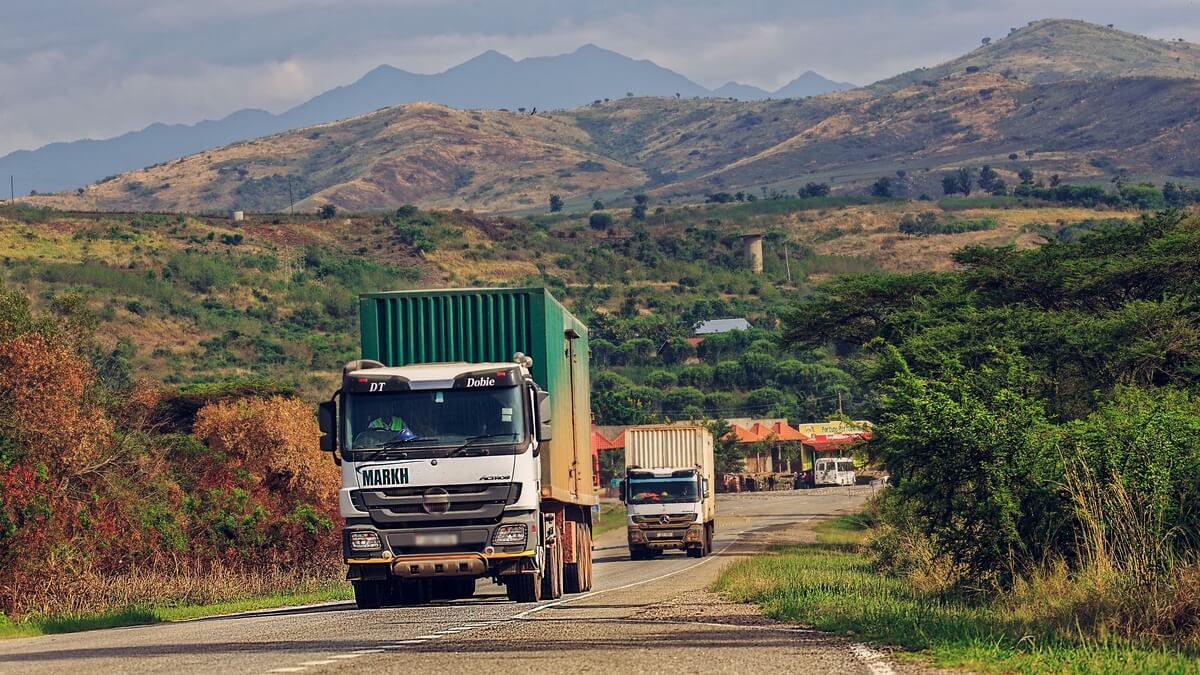By Ahmed Fara In the face of escalating global environmental challenges, African nations are at a pivotal moment. With less than four percent contribution to global greenhouse gas emissions (GHGs), Africa faces the daunting task of balancing economic growth with environmental sustainability. But this is not just a challenge; it's an opportunity for transformation. At the core of this transformation is the shift from traditional, fossil fuel-driven industrialisation to a model that leverages Africa's abundant renewable energy resources and minerals essential for green growth. Kenya, for instance, is leading by example, generating nearly 90 percent of its electricity from renewable sources, according to the Energy and Petroleum Regulatory Authority. Kenya’s case, pundits say, proves that industrialisation doesn't have to follow the pollute-first, clean-up-later pathway. It's a lesson in how environmental conservation and economic development can go hand in hand. The increasing preference for eco-friendly products in export markets affects African traders. For example, the environmental impact of airfreighting fresh produce from Kenya to Europe is significantly higher compared to sea freight. This not only impacts the environment but also the profitability of industries reliant on airfreight. However, transitioning to sea freight presents an advantageous solution. It is environmentally friendly and economically viable, aligning climate action with development goals. How significant are the environmental concerns with air freight? Air freight constitutes about 2.5 percent of global carbon emissions while transporting just 1 percent of total global cargo. This environmental impact is a driving force behind the shift. The transition to sea...
Accelerate Kenya’s sea freight shift to cut carbon emissions
Posted on: December 14, 2023
Posted on: December 14, 2023
























